Joseph Woelfl`s piano sonata op 41, called Non plus Ultra leads us back to Woelfl`s London period, where it was composed at the end of 1807 and presented to the audience six months later. Its name Non plus Ultra is a reference to the extraordinarily difficult technical requirements of the sonata, especially the excessive use of parallel thirds and neck-breaking virtuoso leaps, only found in much later literature by Liszt. The initial refusal of the publisher to print the sonata is a valid proof for the extraordinarily technical difficulties in its era. Woelfl finally proved able to convince him of the playability of his work by playing the sonata flawlessly in person in front of his publisher. Paradoxically, this utterly difficult work would later become one of the most favored and most frequently published piano sonatas of the early 19th century due to its appealing sound and classical, yet enhanced, form. Woelfl composes the first movement in the classical sonata form with a slow introduction, already revealing the main motive with its descending quart interval. In the exposition, it becomes one of three themes. It is first being combined with quick and fluid chains of thirds, changing soon after to the left hand while the right hand starts intonating the quart interval motive. Worthy of remark proves the songlike, full-sounding side theme in C major, reminiscent of the Adagio theme from the slow movement of Beethoven`s piano sonata op. 53, the so called “Waldstein Sonata”. In the development, Woelfl breaks down the main theme and distributes it to widely stretched octaves, forcing the pianist to extremely large leaps. A surprise awaits the listener in the form of a short fugato, however a not highly unusual find for Woelfl, an avid admirer of Bach`s works. The following short movement is kept very brief with its 24 bars but presents an instrumental aria with its ornate melody part and a soulful minore part. A short coda leads attaca towards the finale, a variation about the folk song “Freut euch des Lebens”. It is the core of the sonata and found itself frequently published outside of the sonata. Woelfl created nine different variations, each showcasing the whole range of his virtuoso technique. Variations II and III are dominated by quick broken triads in the right and left hands. Variation VI presents itself as a study in octaves and in Variation VII, Woelfl breaks down the entire theme into trills. Variation VIII, however, can be called the most spectacular of all; Woelfl letting the right hand perform audacious leaps between spread out registers. Much later, only Liszt attempted such breakneck figures in his piano etude „La Campanella”. After the following variation in thirds the initial variation theme returns, making the reminiscence to Bach`s Goldberg Variations not a far-fetched one.
Sale!
Sonate “Non plus ultra”
€9,50 – €16,00
incl. VAT + Versand/shipping costs
Joseph Woelfl (1773-1812)
Sonata “Non plus ultra” Op.41
Based on the forst print
This utterly difficult work was considered unplayable, but became one of the most frequently published piano sonatas of the early 19th century.
| Format | |
|---|---|
| Writer | |
| ISMN-Nummer |
Only logged in customers who have purchased this product may leave a review.
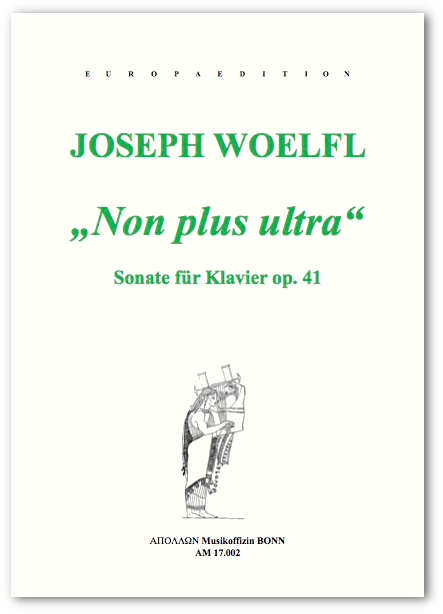
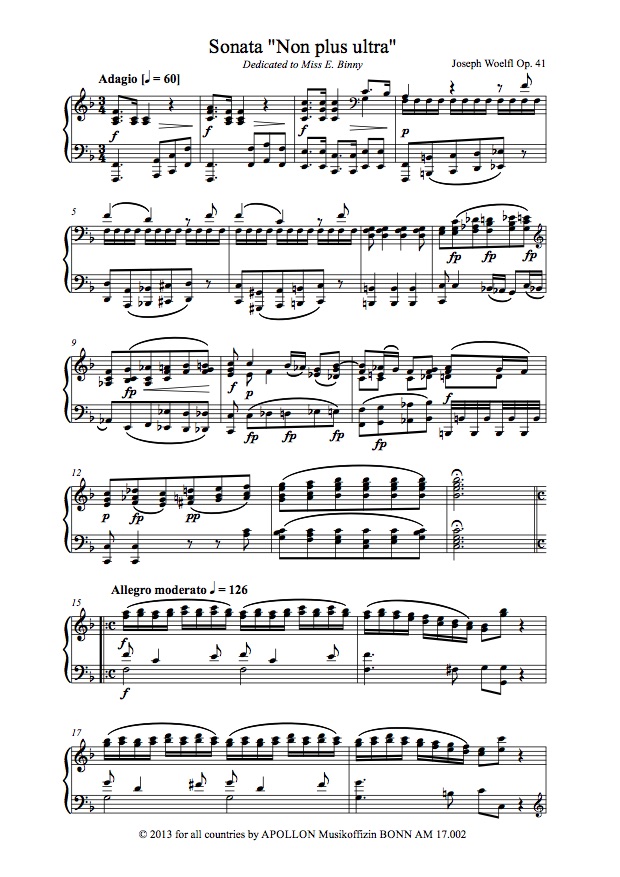
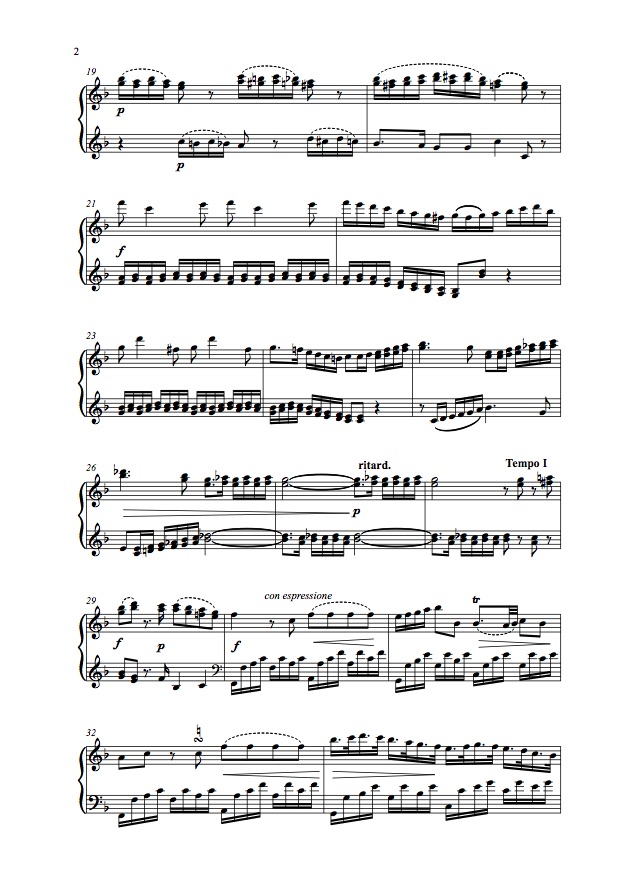
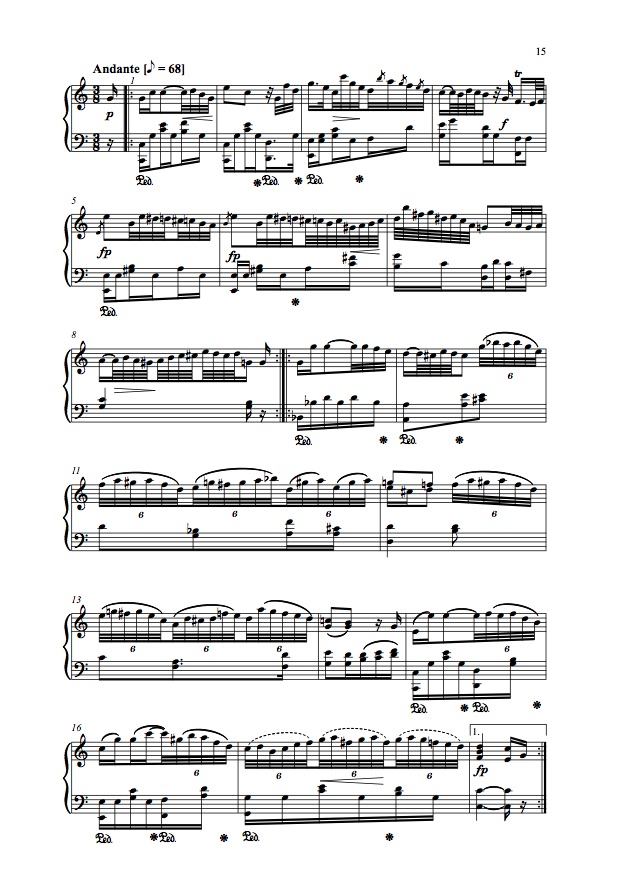
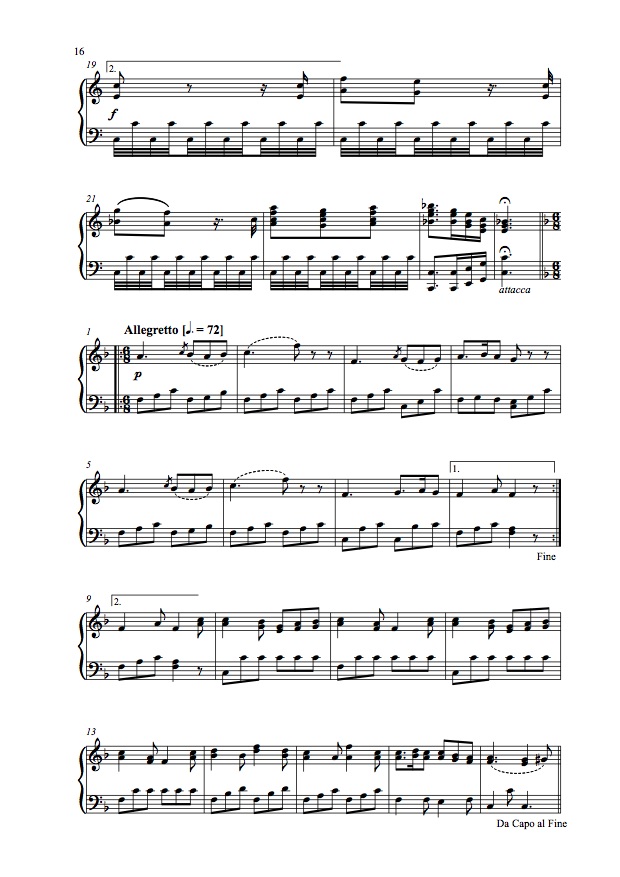
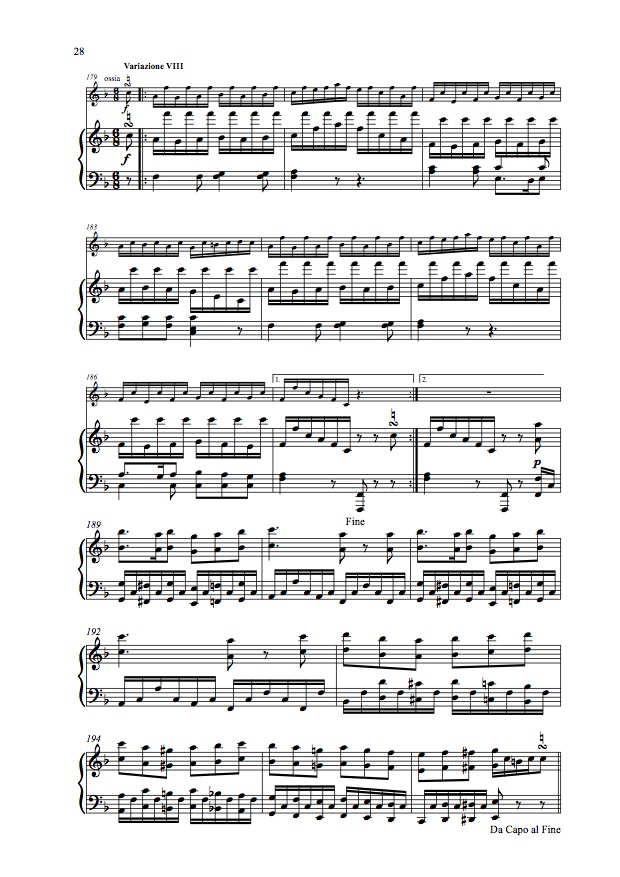
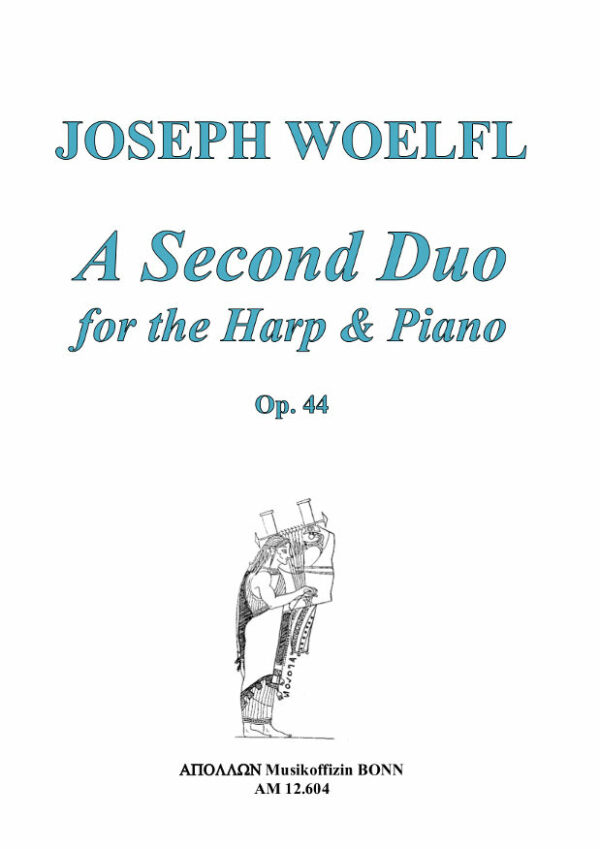
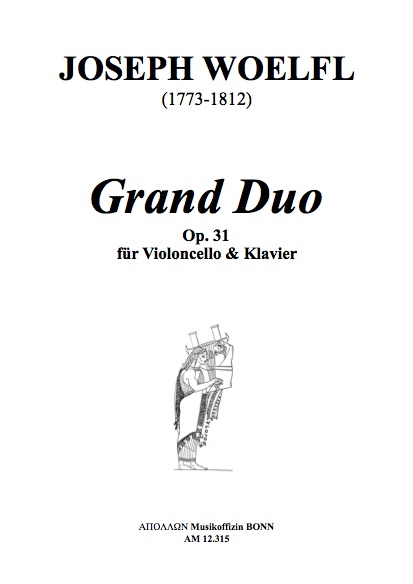
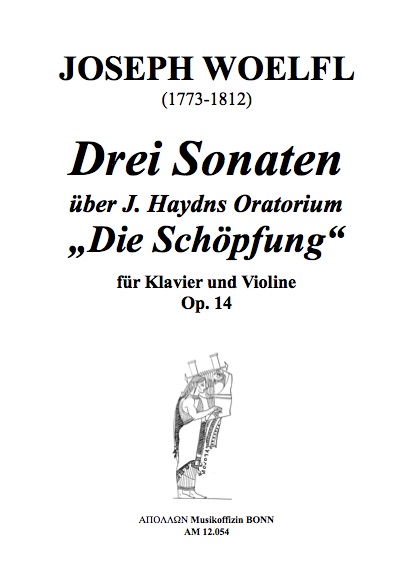
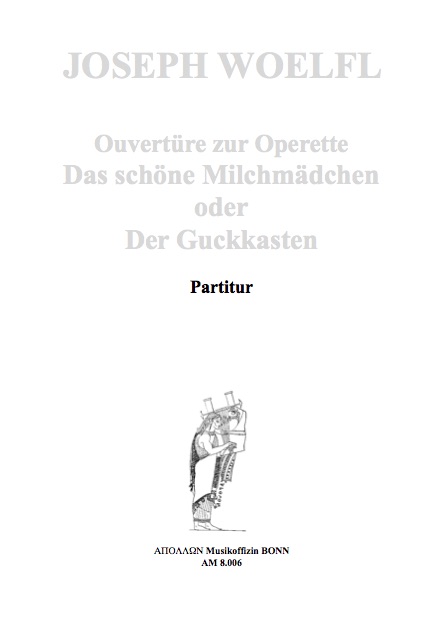




Reviews
There are no reviews yet.